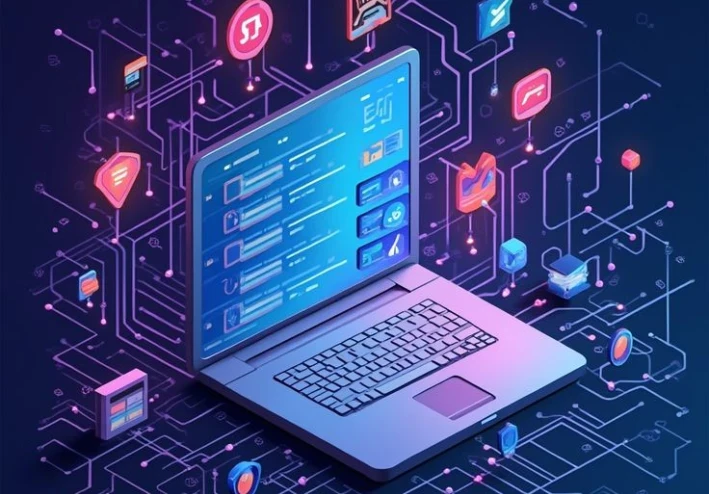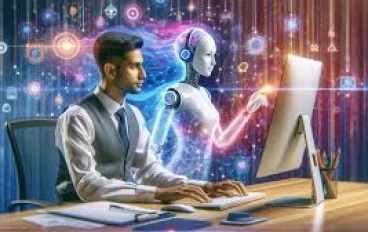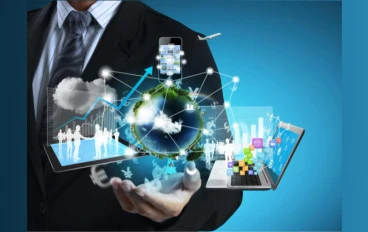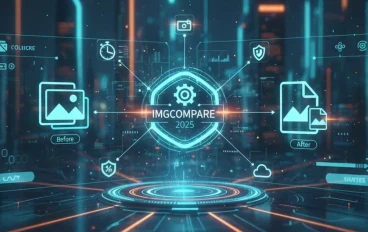
How AI Is Transforming Everyday Work: Practical Uses and Real Challenges
How AI Is Transforming Everyday Work: Practical Uses and Real Challenges
Artificial intelligence is no longer a futuristic idea—it has become part of our daily routines, especially in the workplace. Over the past two years, millions of employees in the United States and Europe have begun using AI-powered tools to handle tasks that range from writing emails to analyzing complex data. But the story of “AI at work” is not only about efficiency and speed. It also involves serious questions about trust, ethics, and the future of human creativity.
The Rise of Everyday AI Tools
In many offices, AI assistants such as ChatGPT, Copilot, and Gemini have quietly become standard. Employees use them to summarize documents, create marketing drafts, or even prepare slides in seconds. Customer support teams are adopting AI chatbots that can respond to common questions instantly, reducing waiting times for clients. Meanwhile, data analysts are using machine learning models to process huge datasets, spotting patterns that would take humans weeks to find.
The appeal is obvious: these tools save time, lower costs, and allow workers to focus on more strategic or creative tasks. In a survey conducted in early 2025, more than 60% of professionals reported that AI helped them improve productivity, especially in areas like writing, research, and coding.
A Double-Edged Sword
Despite the benefits, the rapid spread of AI in workplaces comes with challenges. One of the biggest concerns is accuracy. AI-generated content can sound convincing, but it may contain errors or outdated information. For example, a sales team that relies too heavily on AI-generated reports may risk presenting flawed data to clients.
There is also the issue of transparency. Many employees worry that managers could use AI monitoring tools to track performance in invasive ways. This creates tension between efficiency and privacy. Furthermore, workers fear that automation might eventually replace some jobs, especially in administrative roles.
The Human-AI Partnership
Experts argue that the real value of AI at work is not about replacing people, but about creating partnerships between humans and machines. For instance, a lawyer might use AI to draft an initial contract but still rely on personal expertise to review legal risks. A designer might use AI to generate quick concepts, then refine them with unique artistic judgment.
In this sense, AI becomes a “second brain”—a support system that enhances human skills instead of replacing them. Companies that frame AI adoption in this way often see higher employee satisfaction and trust.
Building Responsible AI Workflows
As more organizations integrate AI, the conversation around responsible use is becoming louder. Businesses are now setting guidelines for how employees should use these tools. This includes checking AI outputs for accuracy, avoiding over-dependence, and protecting sensitive data.
Some companies have even created internal “AI literacy programs” to train workers on best practices. These programs teach employees how to craft effective prompts, how to double-check outputs, and how to integrate AI responsibly into daily workflows.
Looking Ahead
The use of AI in workplaces across the U.S. and Europe will continue to grow in 2025 and beyond. But success depends on balance. Organizations that treat AI as a collaborative partner—rather than a replacement—will be better positioned to unlock innovation without losing human value.
For employees, the lesson is clear: learning how to work with AI is no longer optional. It is becoming as essential as email or spreadsheets once were. Those who adapt early will not only save time but also discover entirely new opportunities in their careers.































